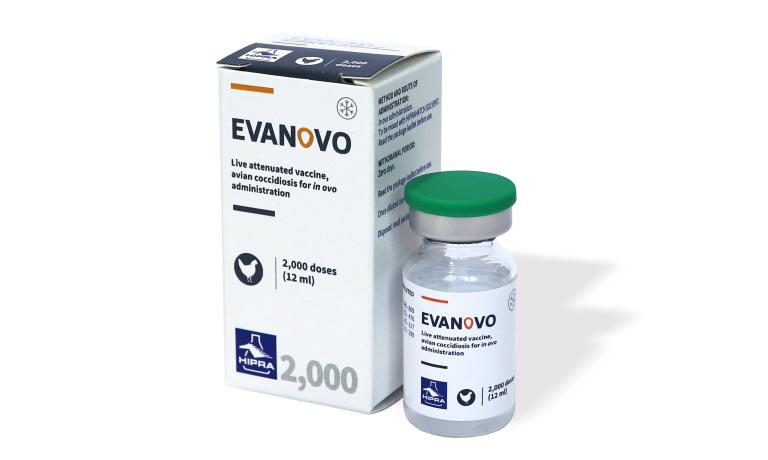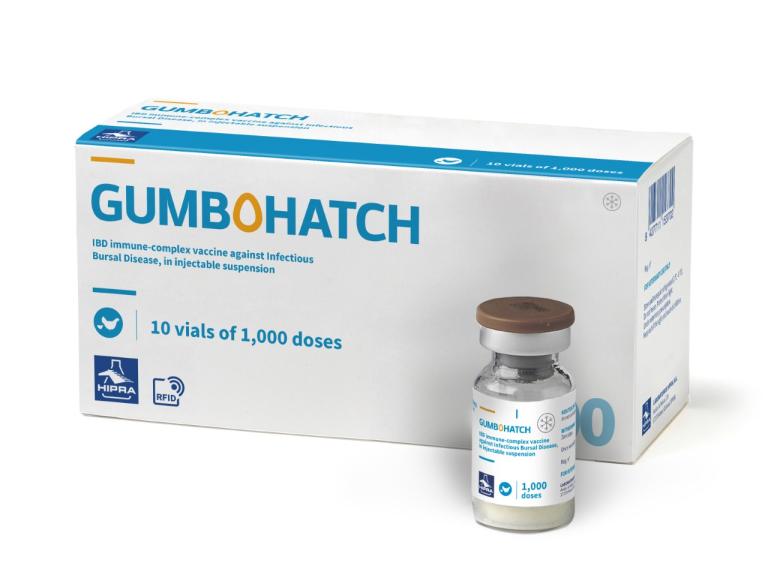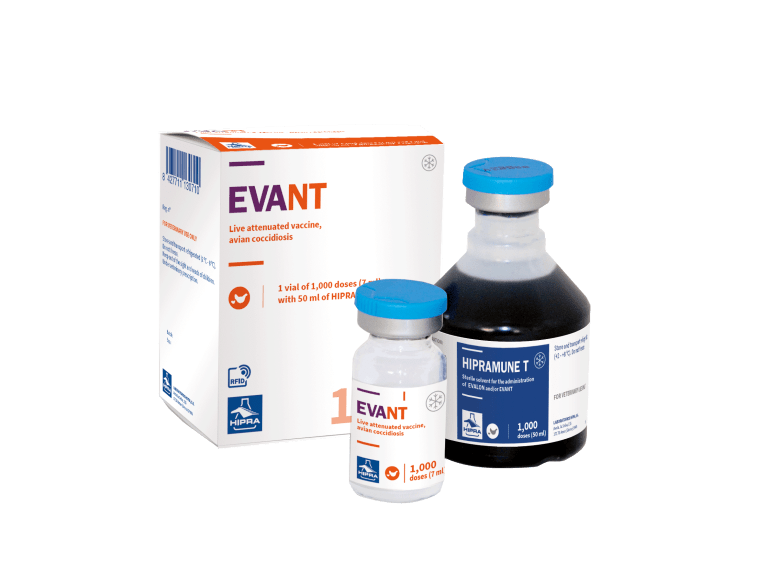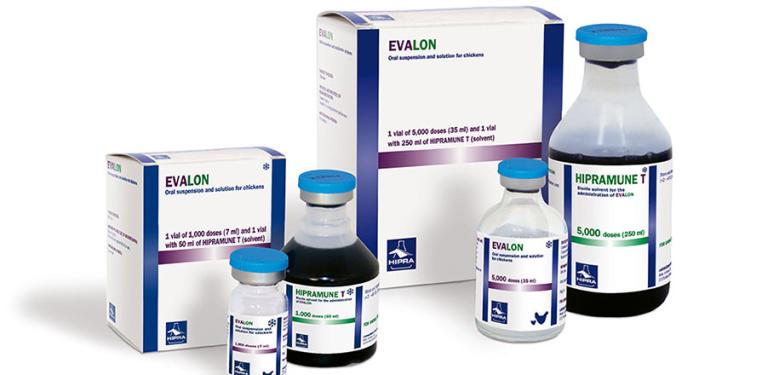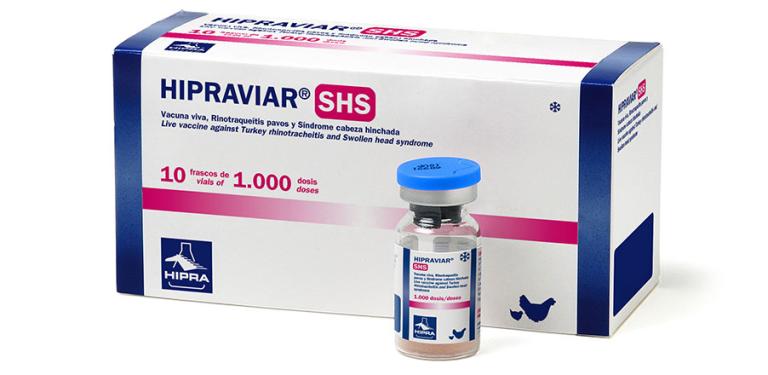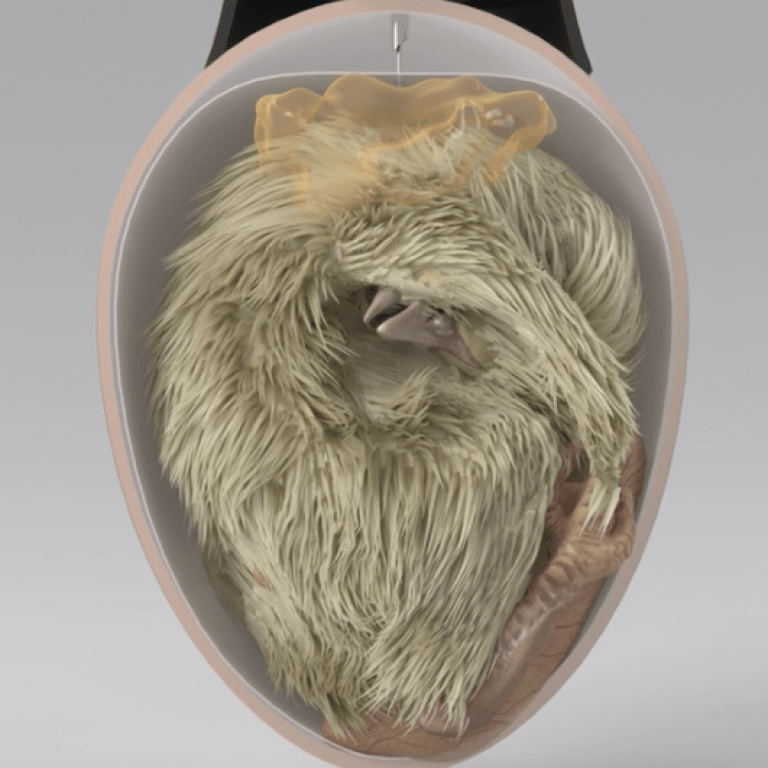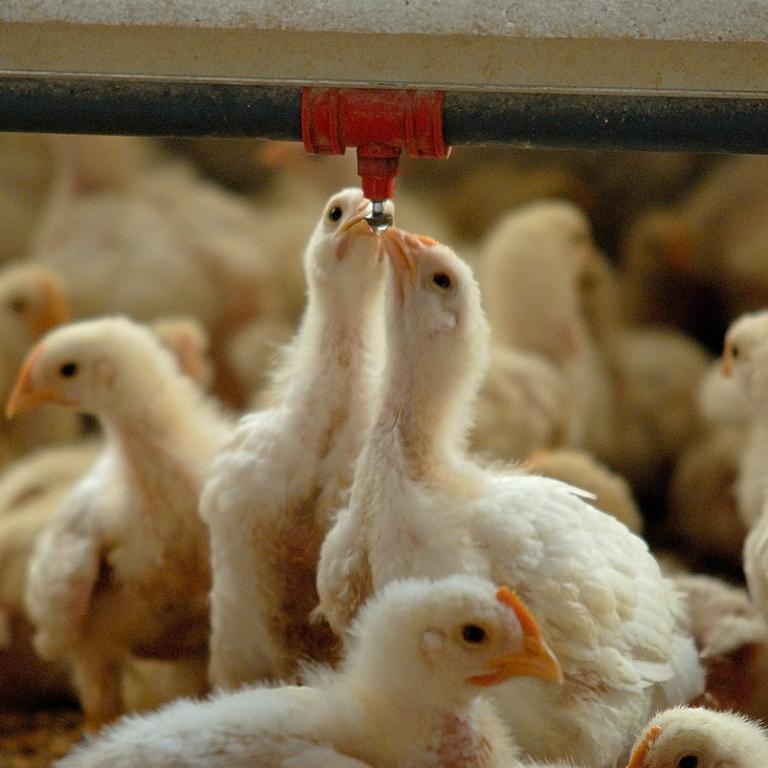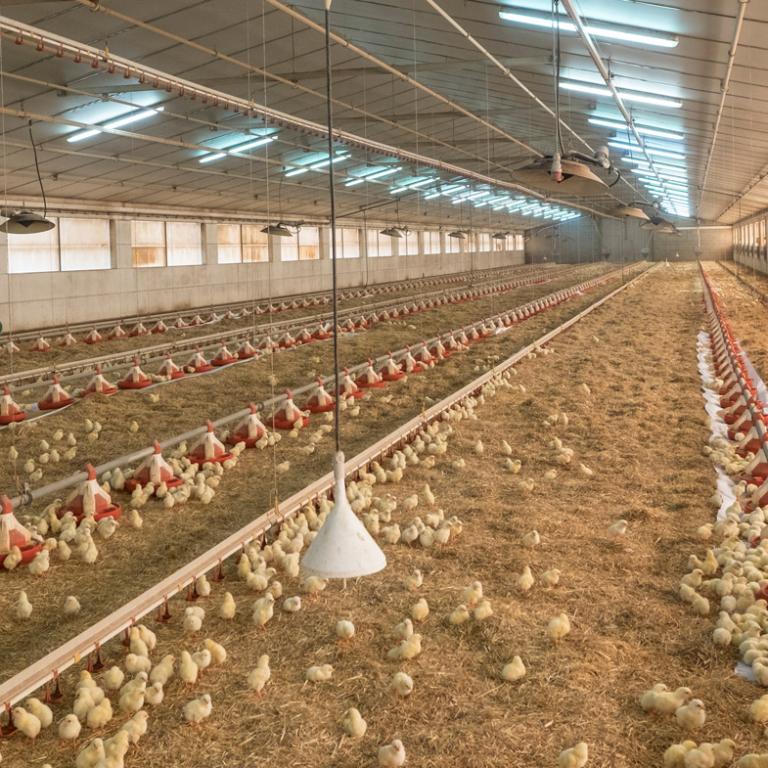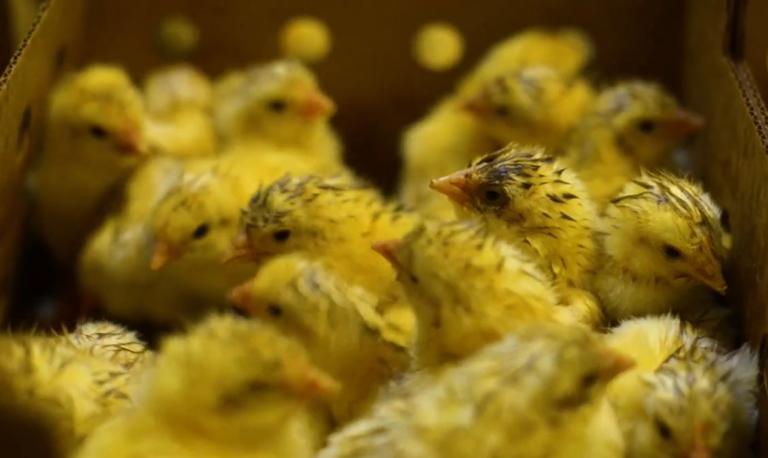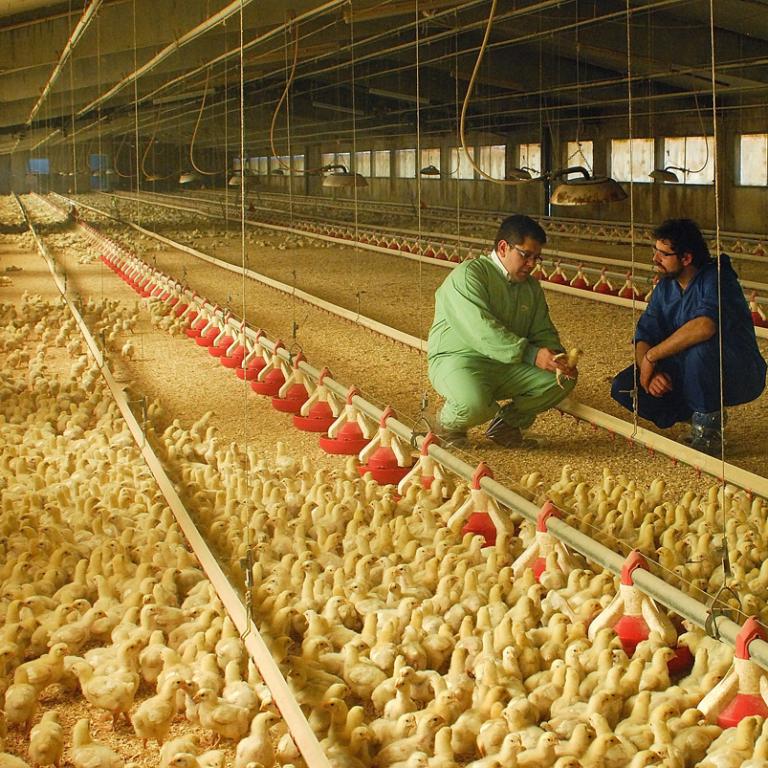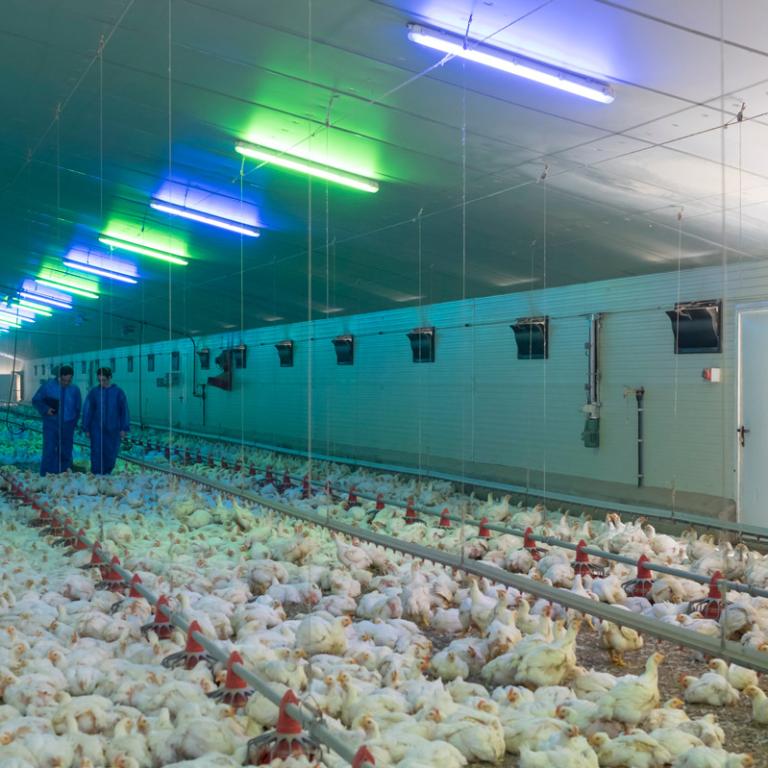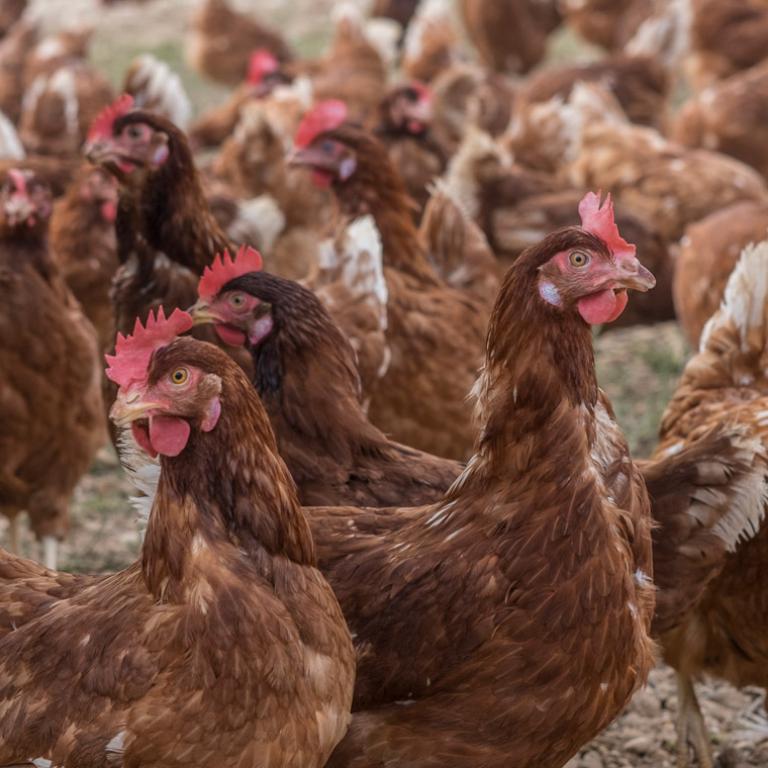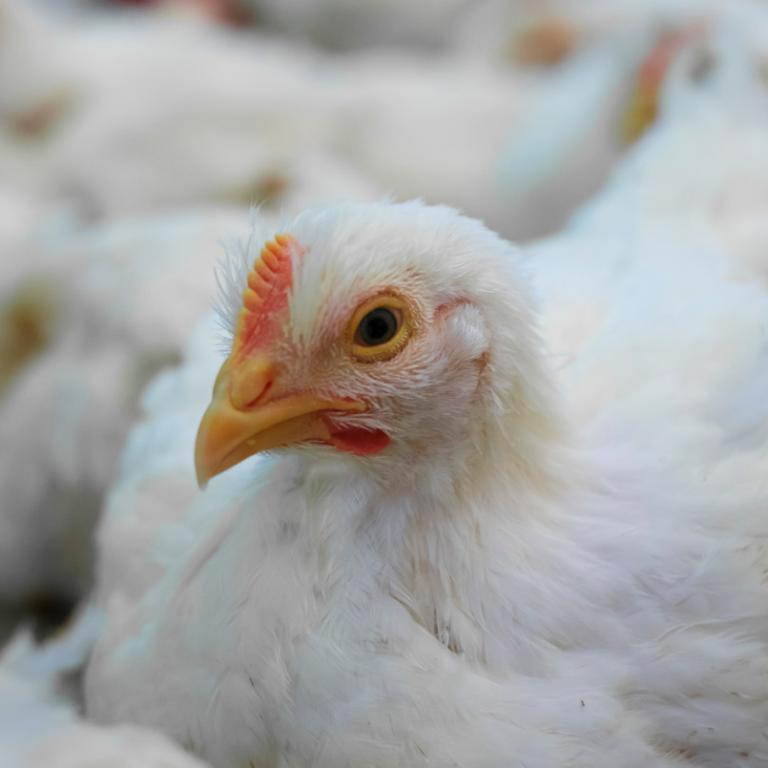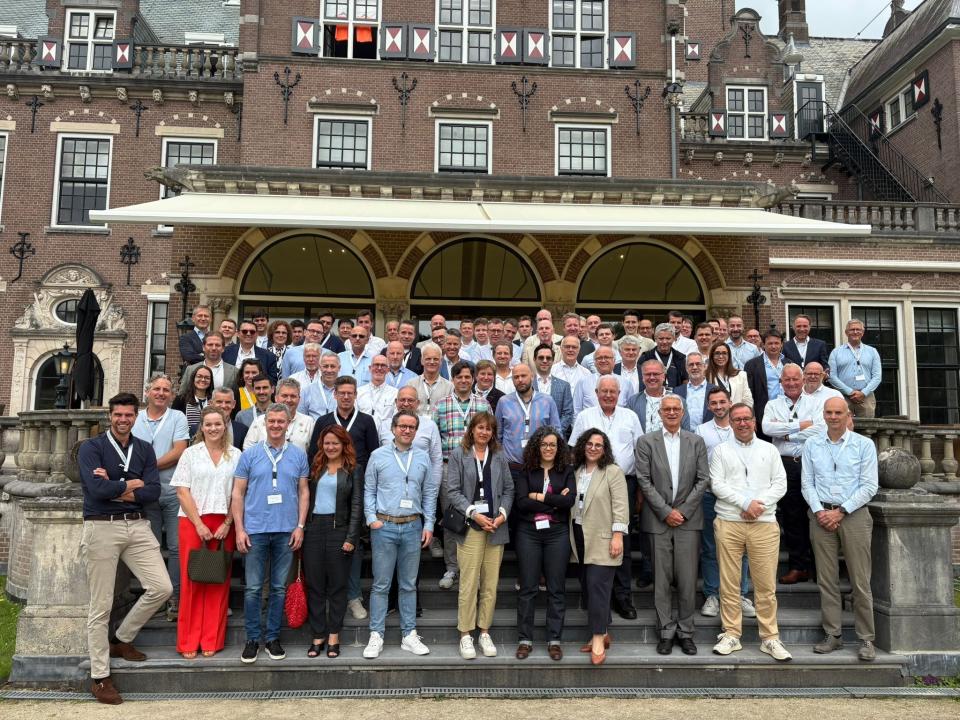FOWL TYPHOID, PULLORUM DISEASE, WHITE DIARRHOEA (Reference: OIE Terrestrial Manual)
PARATYPHOID (Reference: OIE Terrestrial Manual)
AETIOLOGY:
Salmonellosis is an infectious disease of humans and animals caused by organisms of the two species of Salmonella (Salmonella enterica, and S. bongori).
The most common serovars that cause infections in humans and food animals belong to subspecies enterica...
S. Gallinarum and S. Gallinarum biovar pullorum are the two species adapted specifically to birds, causing fowl typhoid and pullorum disease, respectively.
The rest of Salmonella that can infect birds are known as paratyphoid, or not adapted to host, among these Salmonella should highlight those that are subject to official control, being responsible for causing toxic infections in humans: S. Enteritidis, Typhimurium, Infantis, Hadar, Virchow... etc.
TRANSMISSION:
Horizontal transmission:
- Direct: by contact.
- Indirect: by vectors, especially rodents and wild birds.
Vertical transmission: by colonization of the chicken’s reproductive system.
CLINICAL SIGNS:
Fowl typhoid and pullorum disease:
Clinical signs in chicks and poults include anorexia, diarrhoea, dehydration, weakness and death. In mature birds, pullorum disease is less severe but decreased egg production, poor hatchability and some increased mortality may occur. Fowl typhoid is a more acute septicaemic condition which mainly affects mature birds and may be particularly severe in commercial laying flocks.
Paratyphoid:
Usually affected birds show no clinical disease, infection runs subclinically, and clinical picture just appear in early infections, in areas with high challenge during the first week of age of birds, in these cases, clinical signs could be similar as found in pullorum disease.
LESIONS:
Fowl typhoid:
Inflammation of the yolk sac, enteritis, pericarditis, perihepatitis, peritonitis and accumulation of caseous exudates, especially at the level of caeca.
Paratyphoid:
Usually without gross lesions.
DIAGNOSIS:
- Causal agent identification: culture and bacterial isolation.
- Serological: ELISA, PAT.
TREATMENT, PREVENTION AND CONTROL:
With antibiotics has limited efficacy, because it is a disease that easily chronifies producing asymptomatic carriers.
The use of inactivated vaccines against paratyphoid Salmonella:
- Reduces fecal shedding.
- Reduces egg transmission.
- Reduces organ invasion.
Control of Salmonella has to be an all-around strategy based on the following points:
- Only animals free of it may enter farms
- Testing of raw materials
- Control measures for vectors
- Strict rules of biosecurity


